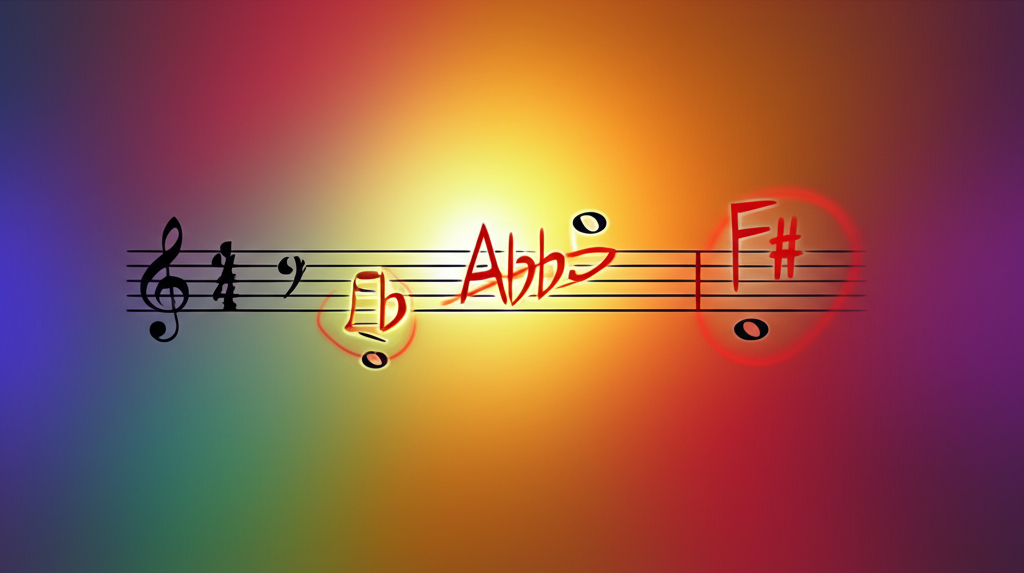The Locrian Mode: Understanding the Darkest Scale in Music
The Locrian mode is the seventh and final mode of the major scale, known for its dark, unstable, and tense sound. This mode is unique because it features a diminished fifth (tritone) and a minor second, creating a dissonant quality that sets it apart from other scales. In this comprehensive guide, we'll explore the Locrian mode's construction, history, and practical applications in various musical genres.
What is the Locrian Mode?
The Locrian mode is a diatonic scale that starts on the seventh degree of the major scale. For example, the B Locrian mode is derived from the C major scale (B-C-D-E-F-G-A-B). Its interval pattern is: Root, minor 2nd, minor 3rd, perfect 4th, diminished 5th, minor 6th, minor 7th.
Interval Structure
- Root (1)
- Minor 2nd (b2)
- Minor 3rd (b3)
- Perfect 4th (4)
- Diminished 5th (b5)
- Minor 6th (b6)
- Minor 7th (b7)
Historical Context
The Locrian mode has ancient roots in Greek music theory but was rarely used in medieval and Renaissance music due to its unstable nature. It gained more recognition in 20th-century jazz and modern classical music as composers explored more dissonant sounds.
Technical Construction
Formula and Patterns
The Locrian mode can be constructed using the formula: H-W-W-H-W-W-W (H = half step, W = whole step). On piano, a B Locrian scale would be played as: B-C-D-E-F-G-A-B.
Modal Relationships
The Locrian mode is closely related to:
- Its parent major scale (one whole step below)
- The Phrygian mode (differs only by the natural 6th)
- The Super Locrian scale (altered scale with additional chromatic alterations)
Practical Applications
Jazz Usage
In jazz, the Locrian mode is primarily used over m7b5 chords (half-diminished chords). For example, when improvising over a Bm7b5 chord (B-D-F-A), the B Locrian scale provides all the appropriate tensions.
Rock and Metal
Progressive metal bands often use the Locrian mode to create dark, unsettling passages. The diminished fifth interval gives it a distinctive metal sound.
Classical Music
20th-century composers like Bartók and Shostakovich used Locrian elements to create dissonant, modern sounds in their compositions.
Exercises
Beginner
Play the B Locrian scale slowly on your instrument, focusing on the unique b2 and b5 intervals.
Intermediate
Improvise over a static Bm7b5 chord, emphasizing the characteristic tones (b2, b5, b6).
Advanced
Compose a short piece using only Locrian mode, creating tension and resolution through careful voice leading.
Common Chord Progressions
In Locrian, common progressions include:
- i° - bII (B° - C in B Locrian)
- i°7 - bvii (Bm7b5 - Am7)
- i° - bIII - bII (B° - D - C)
Conclusion
The Locrian mode offers unique sonic possibilities for composers and improvisers willing to explore its dark, unstable character. While challenging to use effectively, it can add dramatic tension and modern flavor to your musical palette when applied thoughtfully.
